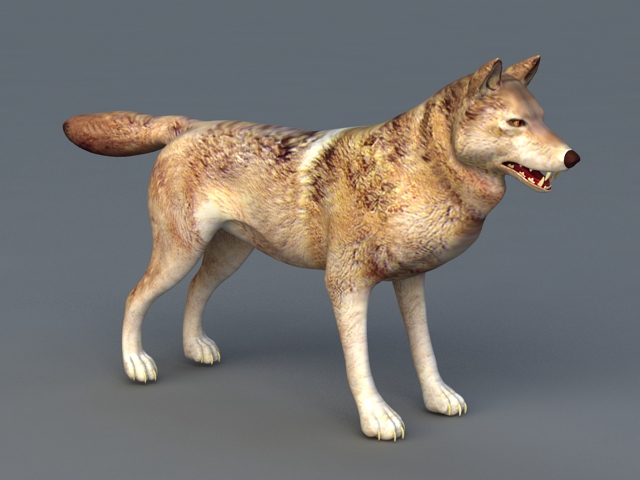V-Ray for 3ds Max; V-Ray for 3ds Max:: General; If this is your first visit, be sure to check out the FAQ by clicking the link above. You may have to register before you can post: click the register link above to proceed. To start viewing messages, select the forum that you want to visit from the selection below. Hey folks, I’m very glad to bring you our new online course: 'V-Ray 5 Masterclass: Your Complete Guide to V-Ray for 3ds Max'.It’s 900 minutes, more than 15 hours of on-demand videos in 75 lessons, covering everything about V-Ray for 3ds Max, including lighting, Materials, Cameras, rendering, etc. If you have any questions, contact us at: info@mographplus.com We’ve been working on this.
Jürgen Furrer has launched IES Library, a new online library of IES files for use in architctural visualisation and illustration work.
The site currently has over 90,000 IES files available to download for free, representing real-world lights from manufacturers like GE, Osram and Philips, each with a rendered preview of the light pattern it generates.
Download IES files for real-world light fixtures for use in DCC and CAD software
A global standard for photometric data, the IES file format encodes the intensity and spatial distribution of light emitted by real-world light fixtures.
IES files are supported by most industrial design and visualisation software, including DCC applications like 3ds Max, Blender and Maya, either natively or through renderers like V-Ray and Arnold.
Although IES files are freely available online, IES Library collects together data from many individual repositories, including those for a range of major lighting manufactuers, and eliminates duplicate records.
Each file is presented with supporting information like wattage and bulb type, plus a standard render showing the lighting pattern it represents, generated automatically in Blender.
Files can be filtered by manufacturer or by type: there are simple categories for downlights, uplights, flood lights and multi rays.

New tagging and browsing features planned for the site
Furrer is currently in the process of populating the library with data, and says that he has around 160,000 files to process in total.
Future features planned for the site include a contextual tagging system, the option for usrs to rate individual files, and a Blender plugin to make it possible to browse files directly inside the software.
Users have suggested making it possible to filter data by the type of fixture in which a light can be mounted.
Availability and system requirements
The IES files on IES Library are free to download, and are licensed for commercial use.
Related posts:
3ds Max Download Free Trial

Tags: 3ds max, Arnold, Blender, commercial use, download, free, IES file, IES Library, IES light, Jürgen Furrer, light fixture, luminaire, Maya, photometric, preview, real-world lighting data, V-Ray
Why this?
IES files describe how light from a lamp is distributed in a room. This data is provided by many manufacturers so that lighting designers can realistically simulate how a project will look when a specific light source is used.
3D artists also use this data to calculate their images more realistically. However, it is cumbersome to find the correct file using try and error, as the manufacturer does not necessarily include a visual example.
For this reason this page was created. We have enriched existing IES collections with manufacturer data and have reached almost 200'000 data in the end. Using python we read the data, hashed the content as MD5 and assigned the data to the individual manufacturers. Thereby we eliminated duplicates. After this process, there was 'only' 160'000 data left.

After that we created a scene in Blender, where a light source hangs 5cm in front of a wall and 1m above the floor. We then calculated this scene automatically for each IES file using python.
Vray 3ds Max 2020 Download
The goal was that the preview images should have more or less the same brightness. Therefore we first had to calculate a preview and measure the maximum brightness, adjust the light intensity and finally calculate the image. During this process, data that are too dark are filtered out (luminous intensity = infinity)